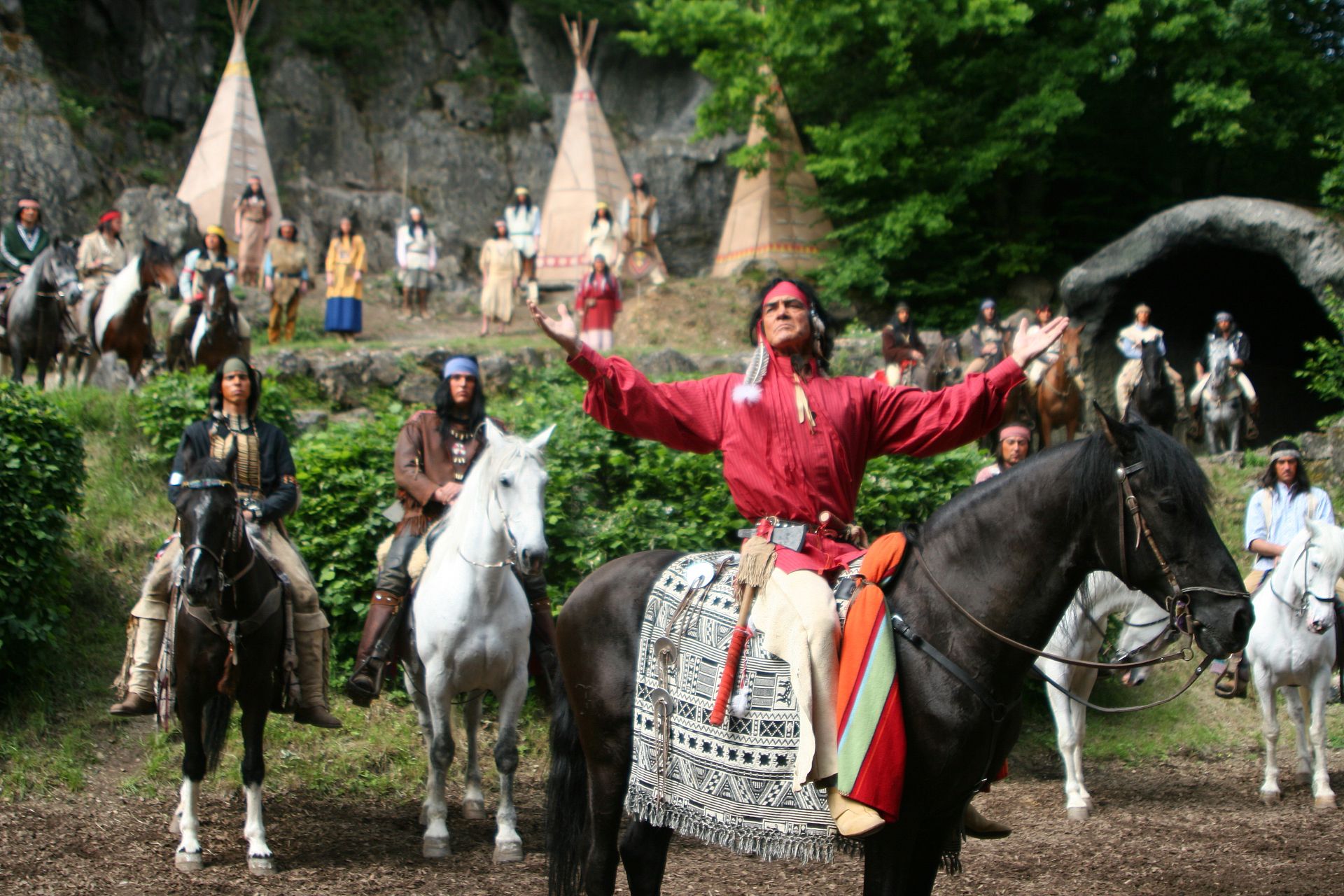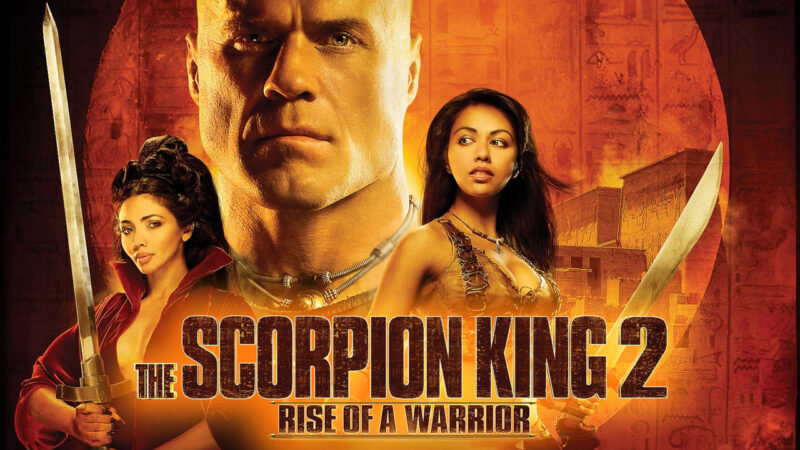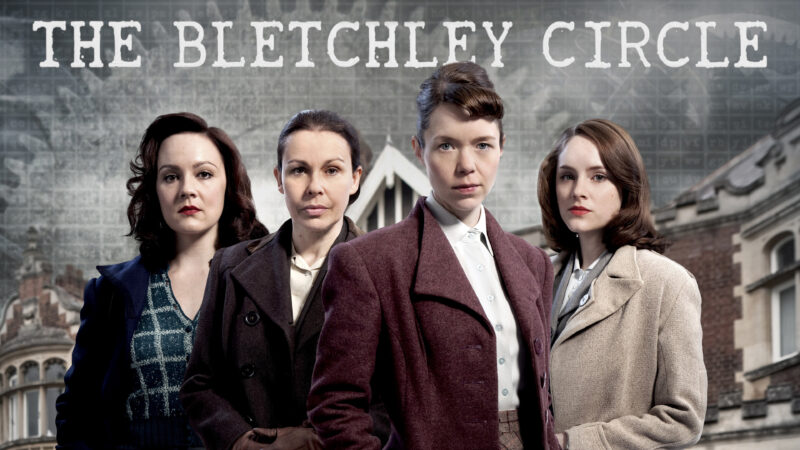Winnetou (1963) – A Western Classic from Europe

In 1963, European cinema introduced the world to a new kind of western epic with Winnetou, a German-Yugoslav production that brought Karl May’s beloved literary hero to the big screen. Directed by Harald Reinl, the film was the first in a trilogy that would become a cornerstone of German westerns, known for their sweeping landscapes, dramatic storytelling, and unique cultural perspective on the American frontier.

A Legendary Friendship
At the heart of Winnetou is the powerful friendship between Old Shatterhand, a German-born surveyor played by Lex Barker, and Winnetou, the noble Apache chief portrayed by French actor Pierre Brice. Unlike many American westerns of the time, which often painted Native Americans as antagonists, this film chose to emphasize mutual respect, alliance, and shared values of honor and justice.
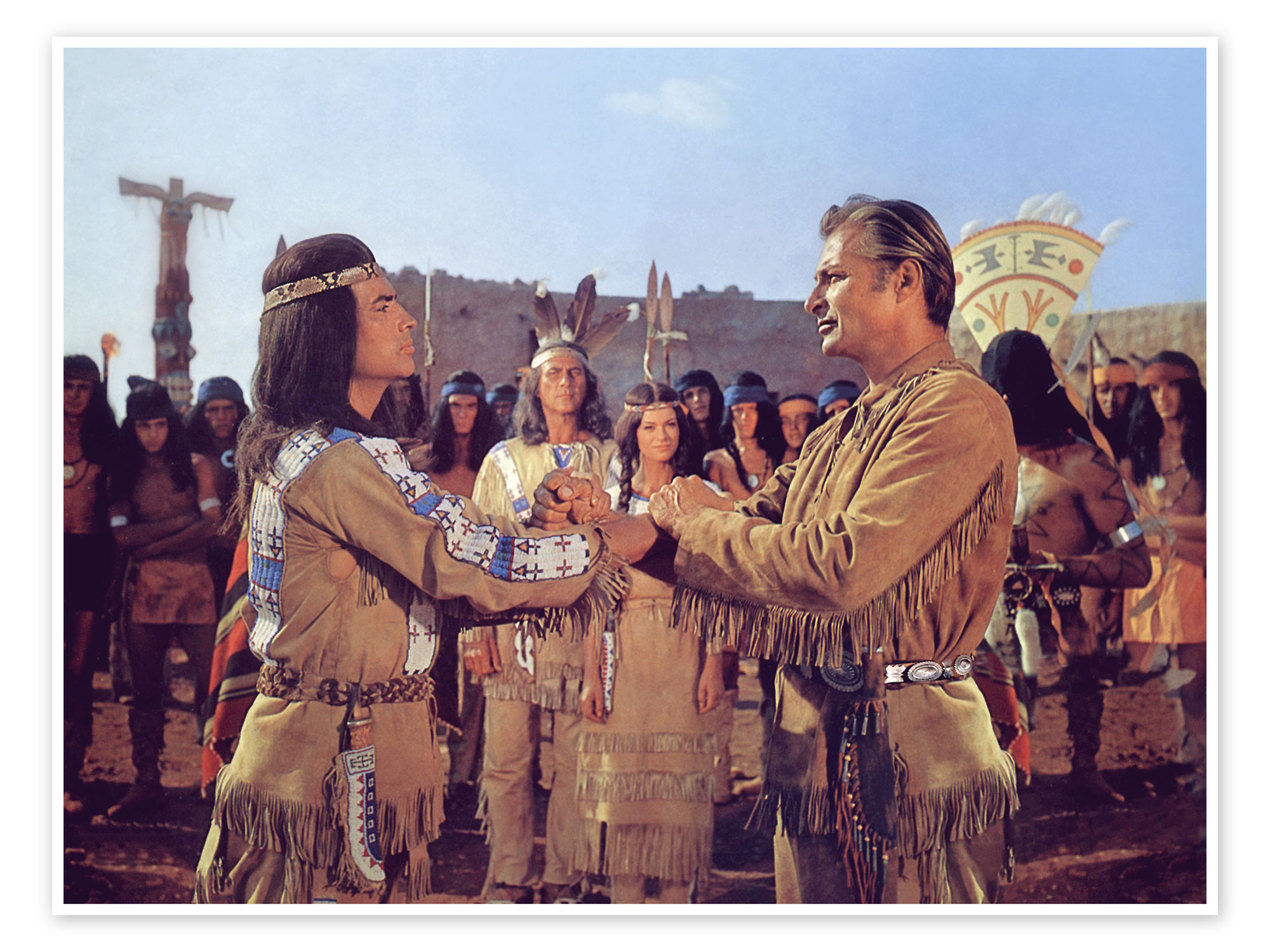
European Western with a Unique Flair
Filmed in the stunning landscapes of Croatia, the movie offered breathtaking scenery that convincingly stood in for the American West. With lush forests, rugged mountains, and wide open plains, the visuals gave audiences a fresh and exotic take on the frontier myth. The film’s stirring score by composer Martin Böttcher further elevated the emotional power of the story, becoming instantly recognizable to generations of fans.
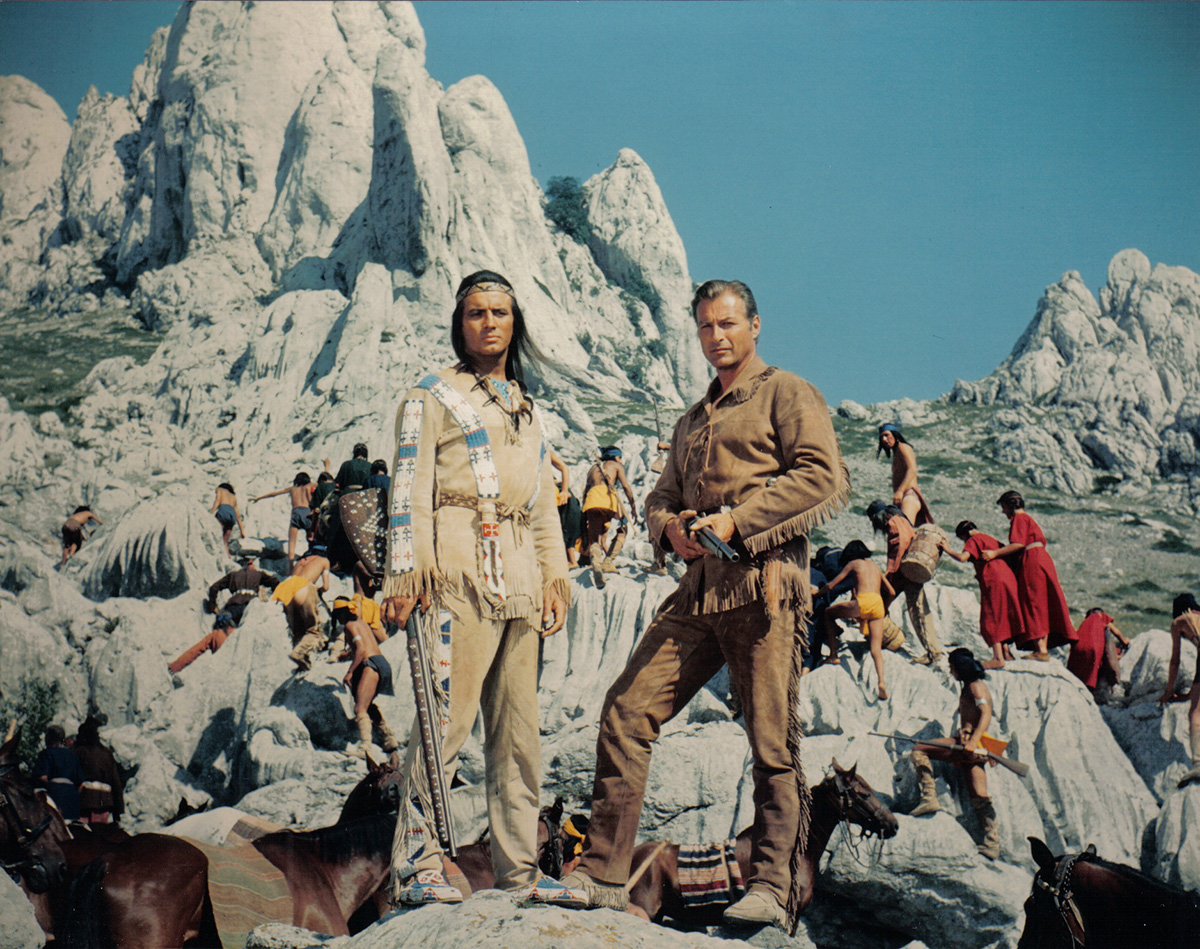
Impact and Legacy
Winnetou was a commercial success across Europe, sparking a phenomenon that stretched beyond cinema into literature, festivals, and popular culture. Pierre Brice’s portrayal of Winnetou turned him into a cultural icon, while the trilogy paved the way for a wave of so-called “Euro-Westerns” throughout the 1960s.
Though overshadowed internationally by the Italian Spaghetti Westerns of Sergio Leone, Winnetou holds a special place in film history for its idealistic portrayal of cross-cultural friendship and its enduring popularity in Germany and beyond. Even today, the name Winnetou symbolizes honor, loyalty, and the dream of peace between peoples.
Watch movie:
